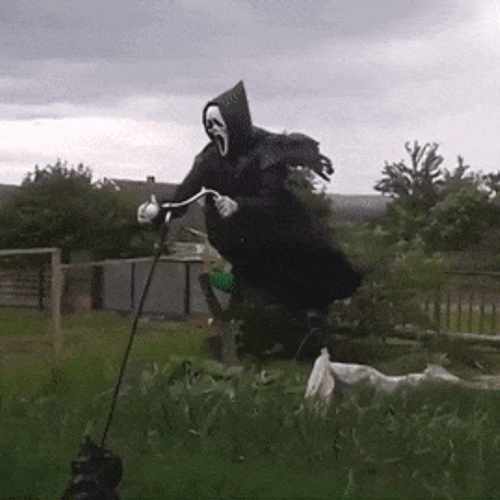| ID | #1719670473 |
| Added | Sat, 29/06/2024 |
| Author | July N. |
| Sources | |
| Phenomena | |
| Status | Hypothesis
|
Initial data
The earliest report of a monster in the vicinity of Loch Ness appears in the "Life of St. Columba" by Adomnan, written in the 7th century AD.
According to Adomnan, who wrote about a century after the events described, the Irish monk Saint Columba was in the Pictish country with his companions when he met the locals who were burying a man by the River Ness. They explained that the man was swimming in the river when he was attacked by a "water beast" that mauled him and dragged him under the water, despite their attempts to save him on a boat. Columba sent his follower, Luin Mokka Min, to swim across the river. The beast approached him, but Columba crossed himself and said:
"Don't go any further. Don't touch the person. Come back immediately."
The creature stopped as if it had been "dragged away with ropes" and ran away, and the people of Columbus and the Picts thanked it for what they perceived as a miracle.
Believers in the monster point to this story, which took place in the Ness River, and not in the lake itself, as proof of the existence of the creature back in the VI century.
Skeptics question the authenticity of the narrative, noting that stories about the water monster were extremely common in medieval hagiographies, and Adomnan's story probably repeats a common motif associated with a local landmark. According to skeptics, Adomnan's story may be independent of the modern legend of the Loch Ness monster and has been tied to it by believers seeking to back up their claims.
Ronald Binns believes that this is the most serious of the various alleged early sightings of the monster, but all other claimed sightings before 1933 are questionable and do not prove the existence of a legend about the monster before that date. Christopher Kearney uses Adomnan's specific historical and cultural analysis to separate Adomnan's story of Saint Columbus from the modern myth of the Loch Ness monster, but finds an earlier and culturally significant use of Celtic folklore of "water beasts". In doing so, he also discredits any strong connection between kelpies or water horses and the modern "media augmented" creation of the Loch Ness Monster. He also concludes that the story of St. Columba may have been inspired by earlier Irish myths about Caoranach and the Oilifeist.
__________________________
Original and pictures based on the book Vita Sancti Columbae:
Tum vero bestia, hac Sancti audita voce, retrorsum, ac si funibus retraheretur, velociori recursu fugit tremefacta.
Translation from the book "The World of St. Columba" by N.Y.Zhivlova:
At the same time, the trembling creature, hearing the voice of the saint, rushed very quickly, backing away, as if it was being dragged by ropes.
Original news
The earliest report of a monster in the vicinity of Loch Ness appears in the Life of St. Columba by Adomnán, written in the 7th century AD. According to Adomnán, writing about a century after the events described, Irish monk Saint Columba was staying in the land of the Picts with his companions when he encountered local residents burying a man by the River Ness. They explained that the man was swimming in the river when he was attacked by a "water beast" that mauled him and dragged him underwater despite their attempts to rescue him by boat. Columba sent a follower, Luigne moccu Min, to swim across the river. The beast approached him, but Columba made the sign of the cross and said: "Go no further. Do not touch the man. Go back at once."The creature stopped as if it had been "pulled back with ropes" and fled, and Columba's men and the Picts gave thanks for what they perceived as a miracle.
Believers in the monster point to this story, set in the River Ness rather than the loch itself, as evidence for the creature's existence as early as the 6th century.[12] Skeptics question the narrative's reliability, noting that water-beast stories were extremely common in medieval hagiographies, and Adomnán's tale probably recycles a common motif attached to a local landmark.
According to skeptics, Adomnán's story may be independent of the modern Loch Ness Monster legend and became attached to it by believers seeking to bolster their claims.
Ronald Binns considers that this is the most serious of various alleged early sightings of the monster, but all other claimed sightings before 1933 are dubious and do not prove a monster tradition before that date.
Christopher Cairney uses a specific historical and cultural analysis of Adomnán to separate Adomnán's story about St. Columba from the modern myth of the Loch Ness Monster, but finds an earlier and culturally significant use of Celtic "water beast" folklore along the way. In doing so he also discredits any strong connection between kelpies or water-horses and the modern "media-augmented" creation of the Loch Ness Monster. He also concludes that the story of Saint Columba may have been impacted by earlier Irish myths about the Caoránach and an Oilliphéist.
Hypotheses
Deliberate falsification

This version includes any falsifications that imitate unexplained phenomena both from the outside: practical jokes, flash mobs, fake news, witness fraud, staging, etc.
There are many ways to make something similar to a ghost or a flying saucer from improvised materials, without using video and photomontage.
Many homemade things made for the sake of a joke, a practical joke or a direct imitation of a mystical being or event can be taken as unexplained not only in photos and videos, but also in reality.
Investigation
Resume
Similar facts
Log in or register to post comments

